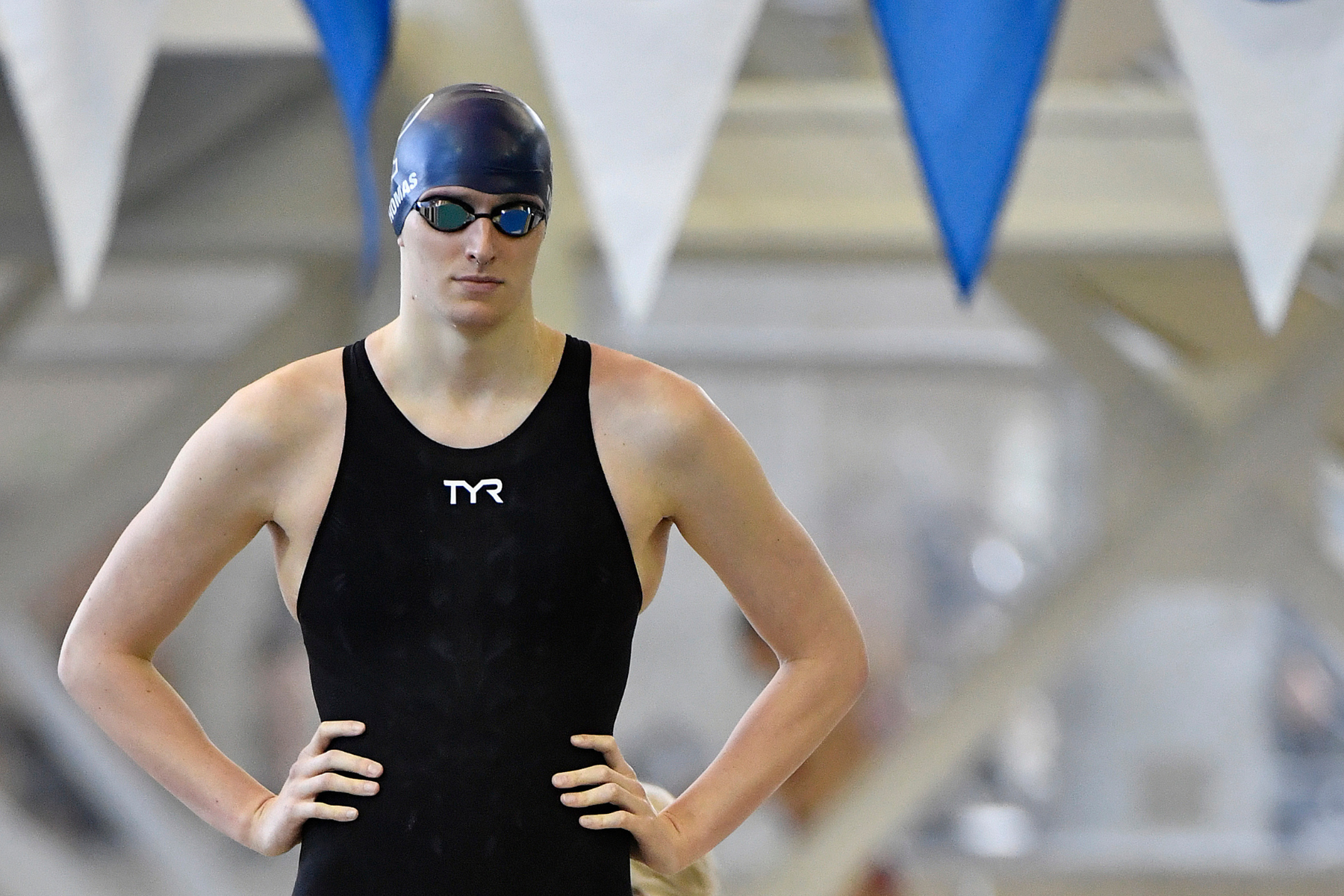
FOR years, most sports have considered one subject too hot to handle: the transgender issue.
Almost without exception, sporting authorities have danced around the edges, trying to do the impossible and appease everyone.
It is, patently, not possible to keep everyone happy on this.
There are, by and large, two sides, one which states transgender women are women and therefore should be allowed to compete in sporting competition as women with no exceptions.
And the other, which believes the physical advantages gained from being born male are retained despite transitioning and so the inclusion of trans women in women’s sport is unfair to the other female athletes.
Most sports had banked on the fact that in the grand scheme of things, the number of trans women competing at any kind of level was so tiny they could afford to do very little in terms of regulations.
By continuing to kick the can down the road, it avoided any significant backlash from either side.
Until now.
The decision of FINA, swimming’s governing body, to ban transgender women from competing in the women’s category in international competition unless they transitioned before the age of 12, was a huge step. It is massive for a sport of this size to overtly prioritise fairness over inclusion.
The issue of trans women has been called sharply into focus in swimming in recent months as a result of the success of Lia Thomas, the trans woman who has taken the American collegiate swim world by storm. Thomas was an average performer as a male, but as a female, she was all but obliterating her opponents.
FINA’s argument was simple: the physical advantages of being born male and undergoing male puberty – speed, strength, endurance, power – are retained, at least in part, even after transitioning.
Science backs up this theory, with several studies concluding, unequivocally, these physical advantages are not negated entirely even after undergoing testosterone suppression.
Within 48 hours, rugby league had made a similar ruling, stating that further consultation was required before it could finalise their transgender policy but, in the meantime, trans women are to be precluded from international competition.
Athletics seems almost certain to follow suit. The president of World Athletics, Sebastian Coe, last week praised FINA’s decision, saying it was “in the best interests of its sport”, before announcing World Athletics would be reviewing their transgender policy before the end of the year
“My responsibility is to protect the integrity of women’s sport. We take that very seriously and, if it means that we have to make adjustments to protocols going forward, we will,” Coe said. “And I’ve always made it clear: if we ever get pushed into a corner to that point where we’re making a judgment about fairness or inclusion, I will always fall down on the side of fairness.”
However, there can be no assumption this is now the way things are going to go more widely. Within the past week or so, cycling’s governing body, the UCI, have taken a different tack, stating they accept that science shows trans women have an advantage within sport, but some unfairness is acceptable in exchange for being inclusive.
This is an astonishing stance. Where does sport go when there is an acceptance that before a pedal has turned, this is not a fair fight?
Crucially, though, trans women must keep their testosterone levels below a certain figure for 24 months to become eligible to compete.
There is, also, the suggestion in some quarters that self-identity should be the standard, but this is not only controversial but also dangerous in contact and combat sports and is unlikely to become commonplace.
There is no dispute that this issue is a minefield, and that not including trans women in a world where things are already challenging enough for them is far from ideal. But at some stage, sports have to make a decision.
No one is arguing that if all regulations were scrapped that trans women would over-run women’s sport, denying any females the chance of success.
Clearly, we are still talking about a tiny minority of athletes, although the cases are becoming more prevalent. Which is why the move by FINA, and rugby league, and potentially, World Athletics, is vital. Hard decisions need to be taken, and sooner rather than later.
AND ANOTHER THING
It is remarkable that we are in 2022 and we head into this summer’s Wimbledon ready to watch Serena Williams take to the court, and Rafa Nadal pursue his quest for the calendar Grand Slam.
This sentence would not have seemed out of place a decade ago, but this year, it would be preposterous were it not accurate.
It is Williams’ appearance at the All England Club that is most surprising; having not hit a shot in anger since last year’s Wimbledon, the signs were that she had slipped almost unnoticed into retirement.
However, a doubles appearance at Eastbourne last week, as well as the acceptance of a wildcard into Wimbledon confounded the many observers who thought we had seen her last competitive appearance on a tennis court.
Logic suggests 40-year-old Williams will not make a significant mark on the tournament; surely even the great American cannot do the unthinkable and collect another Grand Slam title?
Almost certainly not – except that is also what everyone would have said if you had suggested Nadal would win the first two majors of 2022.







